Pakistan Cricket Team Kits Through the Years: A Visual History
Pakistan Cricket Team Kits Through the Years: A Visual History
From humble beginnings to global cricketing powerhouses, Pakistan’s cricket team has captivated audiences worldwide. Their journey is reflected not just in their on-field prowess but also in the evolution of their iconic kits. This article delves into the captivating history of Pakistan cricket kits, showcasing the colours, designs, and sponsors that have shaped the national team’s visual identity over the decades.
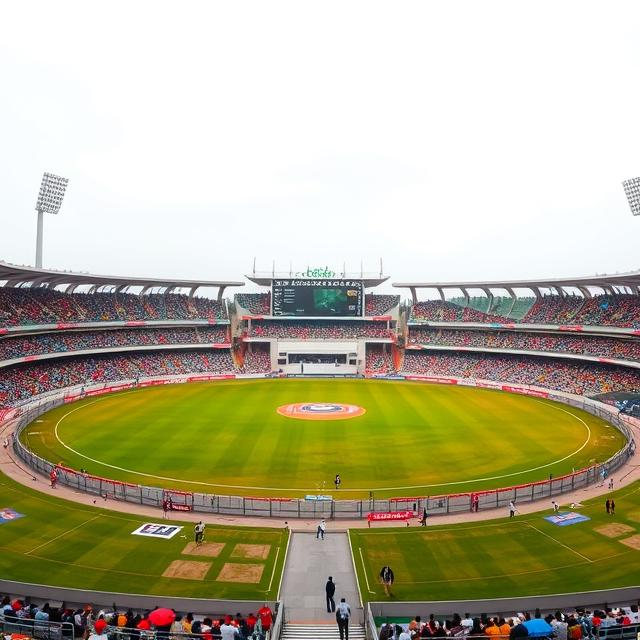
Tracing the Pakistan cricket team’s journey through the decades allows us to appreciate the changing trends and the significant milestones that influenced their kits. The kits are more than just threads and fabrics; they tell a story of cultural shifts, economic situations, and evolving fashion trends of each era.
Early Days (1950s-1970s): Laying the Foundation
Pakistan’s early cricket kits were, understandably, influenced by the styles prevalent in the 1950s and 1960s. Simple in design, often featuring plain colours and straightforward designs, these early kits often reflected a focus on practicality. We can see these design choices were important as the team was still establishing itself on the global stage.
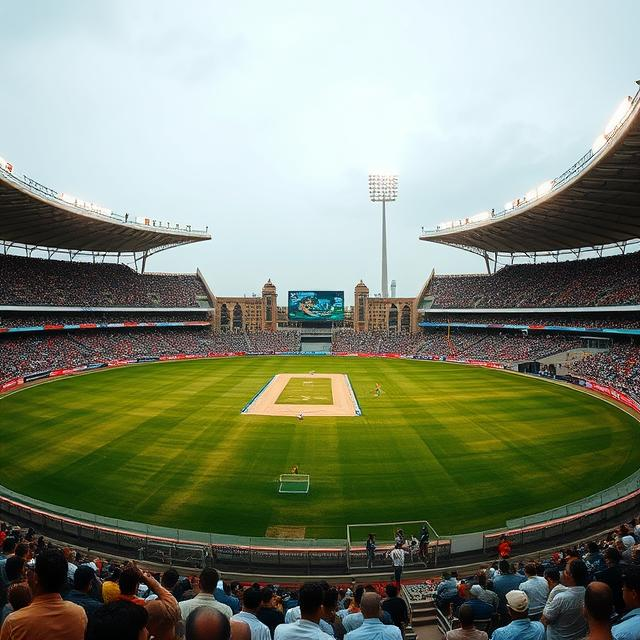
These were often predominantly white or navy-blue and were designed to aid in playing the game. The designs weren’t overly elaborate, as the emphasis was on comfort and function over bold statements.
As Pakistan cricket gained recognition, you can see how the kits subtly began to incorporate more nationalistic elements, like subtle flag colours, though usually in subtle ways. This gradual evolution mirrored the team’s growing international standing.
The Rise of the Nation (1980s-1990s): Embracing Pride
The 1980s and 1990s saw a surge in Pakistan’s cricketing prowess, which was closely mirrored by more bold design choices in their kits. The designs started to incorporate more vibrant colours, like deep greens and bold reds, alongside the traditional white, navy blue, and sometimes even yellow. This evolution speaks to the growing pride and national spirit surrounding Pakistan cricket at the time.
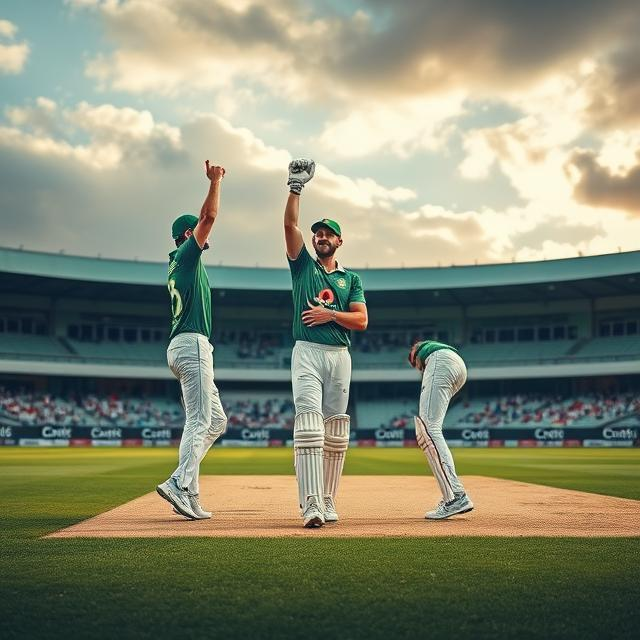
The shift towards bold colours and potentially more elaborate designs signified a confidence in their place on the global stage, and importantly, reflected changing fashion trends.
The Commercial Era (2000s-2010s): Sponsors and Shifting Aesthetics
Entering the 21st century, Pakistan’s cricketing kits became increasingly intertwined with commercial partnerships. This involved adopting the logos and colours of sponsors, creating a more modern and commercial aesthetic in the designs. Looking at the evolution, you can see how this affected the look and feel of Pakistan’s kits.
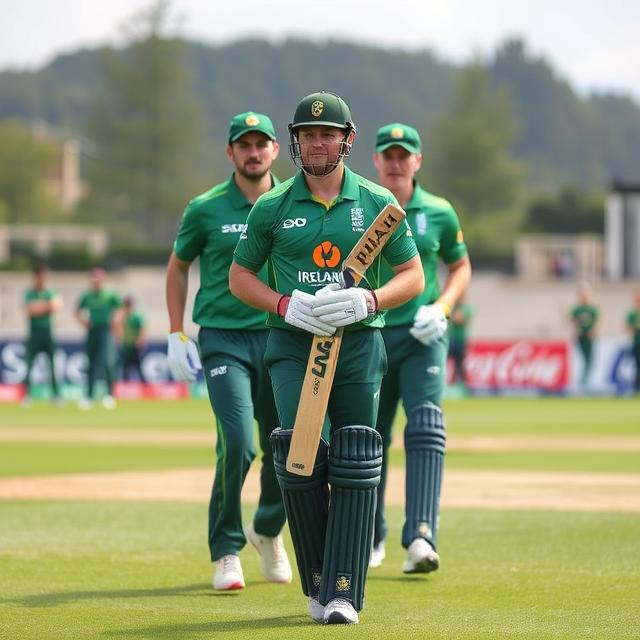
The inclusion of sponsors’ logos, colours, and even some design features was instrumental in funding the national team, showcasing a balance between national pride and commercial realities. The designers had to work within the constraints set by these sponsors’ agreements. The kits reflected a complex interplay of various influences.
The Modern Era (2020s): Innovative Designs and Technology
Modern cricket kits reflect advanced technologies and designs. Pakistan, like other leading cricketing nations, now incorporates materials that provide enhanced performance through breathability and comfort. Additionally, they often see more streamlined and aerodynamic designs that are essential for athletic performance.
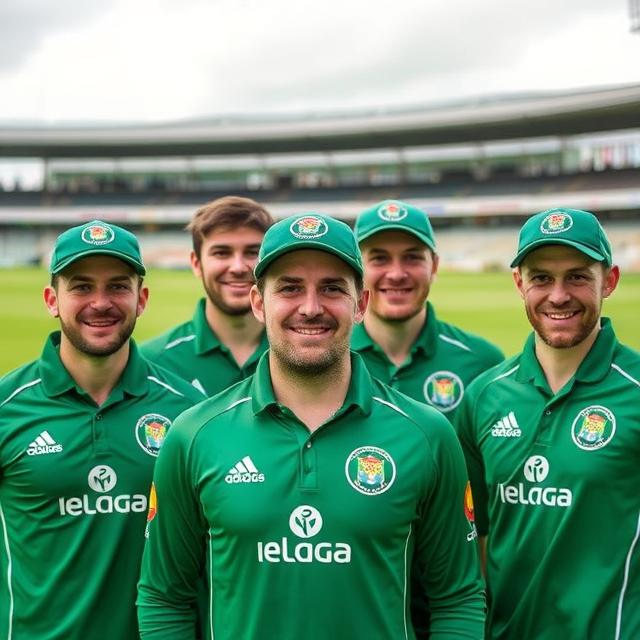
The inclusion of advanced technologies, such as moisture-wicking fabrics and specific cuts, reflects a commitment to maximizing athletic performance.
Beyond the Visually Appealing: Cultural Significance
The Pakistan cricket kits go beyond simple aesthetics. They represent a collective identity, showcasing Pakistan’s cultural pride and rich history. The use of colours, patterns, and designs is important in representing the country, often subtly referencing its rich history, culture, and geographical location.
This journey from basic practicality to sophisticated modern designs mirrors Pakistan’s development as a cricketing nation. Each kit, from the vintage styles to the modern innovations, provides insight into Pakistan’s national pride and cricketing ambitions. They also highlight the global influences that often shaped their designs, a fascinating insight into fashion trends and design.
Conclusion
The history of Pakistan’s cricket kits is a fascinating reflection of their cricketing journey and the larger cultural and social trends of the time. From the humble beginnings to the sophisticated designs of today, the kits represent more than just outfits; they symbolize national pride, cultural identity, and the evolution of Pakistani cricket.
This visual history of Pakistan cricket kits highlights the interplay between athletic function, commercial considerations, and cultural representation. The story continues to unfold, and Pakistan’s future cricketing kits will no doubt continue to be a reflection of the nation’s journey and aspirations on the global stage.